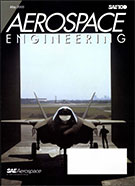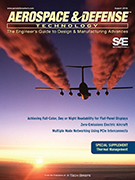Standard
Minimum Performance Standard for Underwater Locating Devices (Acoustic) (Self-Powered)
2011-08-03
CURRENT
AS8045A
This AS covers ULD utilized in finding flight data recorders, cockpit voice recorders or aircraft. Such ULDs are installed adjacent to the recorders in a manner that they are unlikely to become separated during crash conditions.





